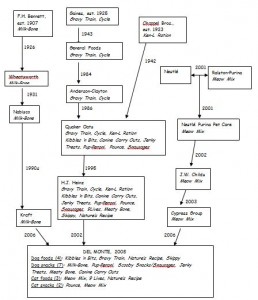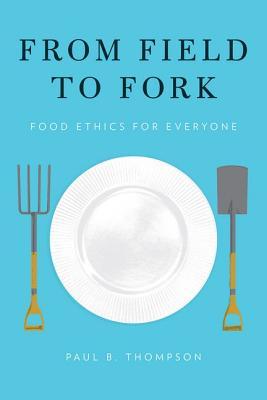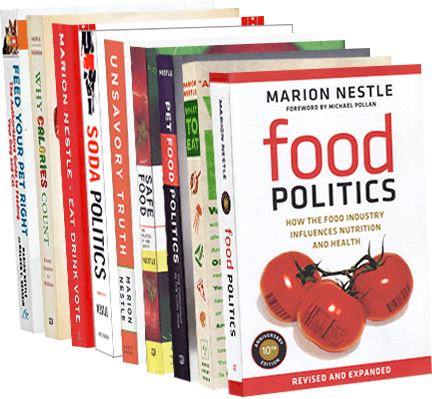Trans-Pacific Partnership: Why WikiLeaks is offering $100K for a copy
WikiLeaks is offering $100,000 for a leaked copy of the Trans-Pacific Partnership (TPP) agreement, says the Washington Post. It especially wants to see the agricultural chapters, as do we all.
For the WikiLeaks video (and pitch) that explains why it wants those TPP chapters, click here.
It’s worth trying to understand the TPP. Since my earlier post on it, I’ve been collecting items to help clarify the various stakeholder positions on this agreement.
For the TTP
The Obama administration, for reasons incomprehensible to Paul Krugman, among others, is very much for it. It claims across-the-board benefits for U.S. agriculture. For example:
Vegetables: U.S. exports of fresh and processed vegetables to the TPP countries face tariffs as high as 90 percent. Under the agreement, tariffs across the TPP region will be cut, offering new market access opportunities to U.S. producers and exporters of fresh and processed vegetables. In 2014 the United States exported almost $5 billion in fresh and processed vegetables to the TPP region.
The USDA’s has produced fact sheets on what TPP can do for individual states. I checked the one for New York. The expected benefits to the state are expressed generically, not specifically to New York State:
Fresh and Processed Vegetables: U.S. exports of fresh and processed vegetables to the TPP countries face tariffs as high as 90 percent. Under the agreement, tariffs across the TPP region will be cut, offering new market access opportunities to U.S. producers and exporters of fresh and processed vegetables. In 2014 the United States exported almost $5 billion in fresh and processed vegetables to the TPP region.
Dubious about the TTP
- Start with Robert Reich’s 2-minute video: “The Worst Trade Deal You’ve Never Heard Of.” He calls it a Trojan horse. It allows corporations to sue governments for passing regulations that might affect corporate profits, among other bad things.
- Paul Krugman votes “thumbs down” on the TPP. He argues that trade agreements aren’t all that economically beneficial and seem to be mostly about intellectual property rights–patents and the like. He asks: “Why, exactly, should the Obama administration spend any political capital – alienating labor, disillusioning progressive activists – over such a deal?” His slides illustrate these points.
- Senator Elizabeth Warren tells Rachel Maddow that corporate lobbyists and executives—not the American Public—are involved in the TPP negotiations.
- Joseph Stiglitz makes the same point.
- Henry Greenberg and Stephanie Shiau write in the Journal of Public Health: “As it stands the TPPA poses serious risks to global public health, particularly chronic, non-communicable diseases. At greatest risk are national tobacco regulations, regulations governing the emergence of generic drugs and controls over food imports by transnational corporations.”
- Eric Crosbie, MA, Mariaelena Gonzalez, PhD, and Stanton A. Glantz write in the American Journal of Public Health about how trade agreements prioritize investment and intellectual property rights over health.
WikiLeaks may be on the right track here.








